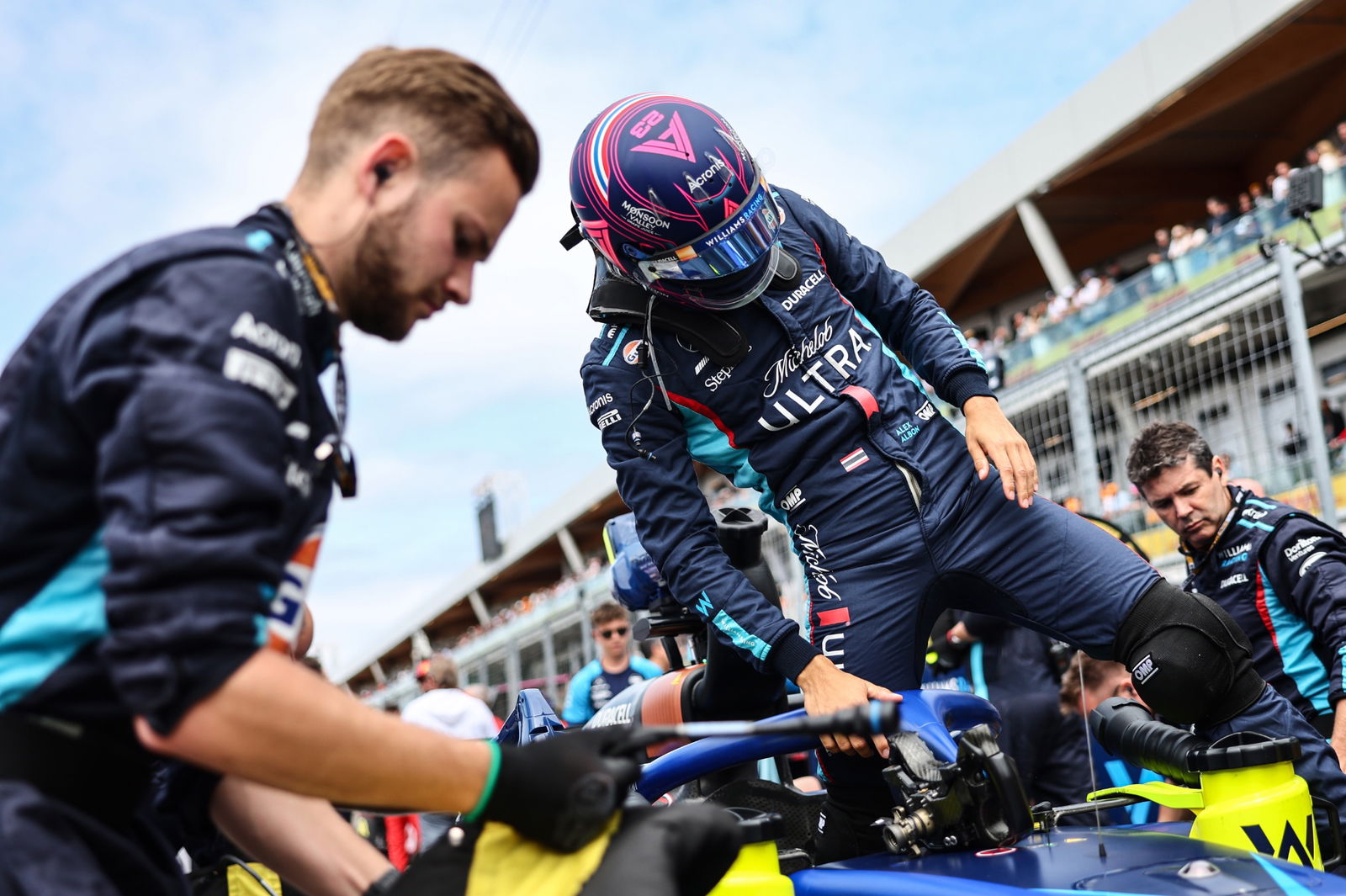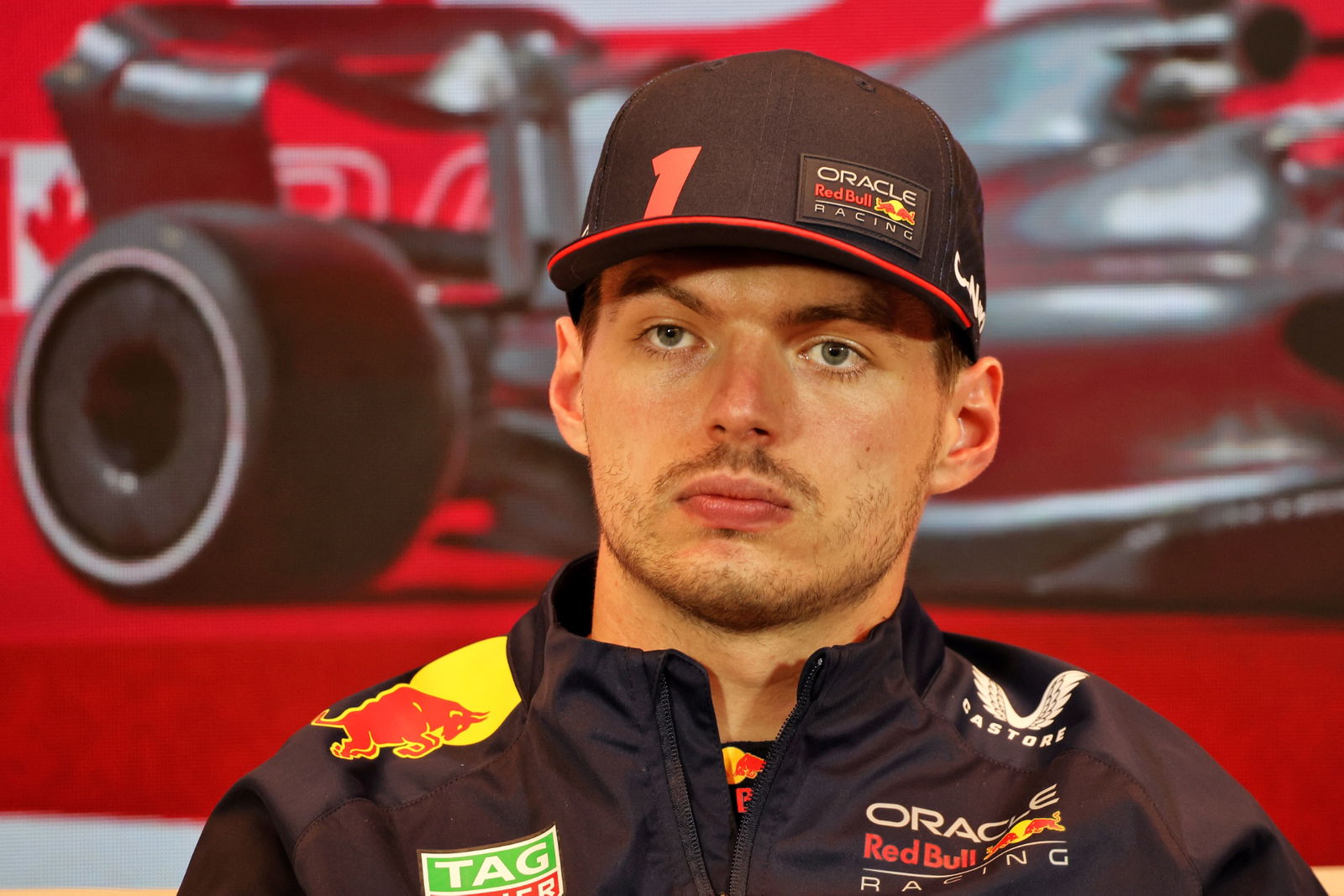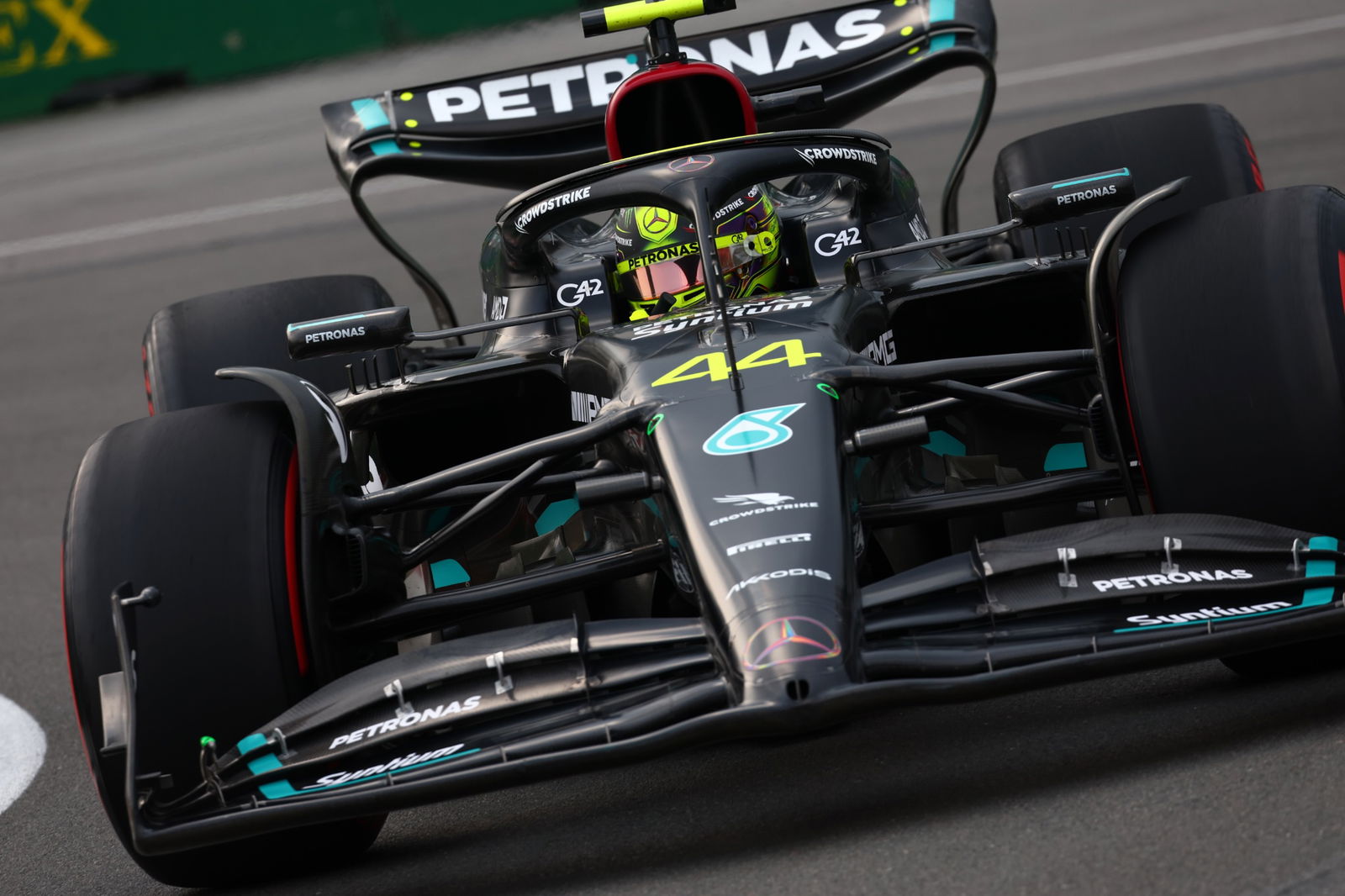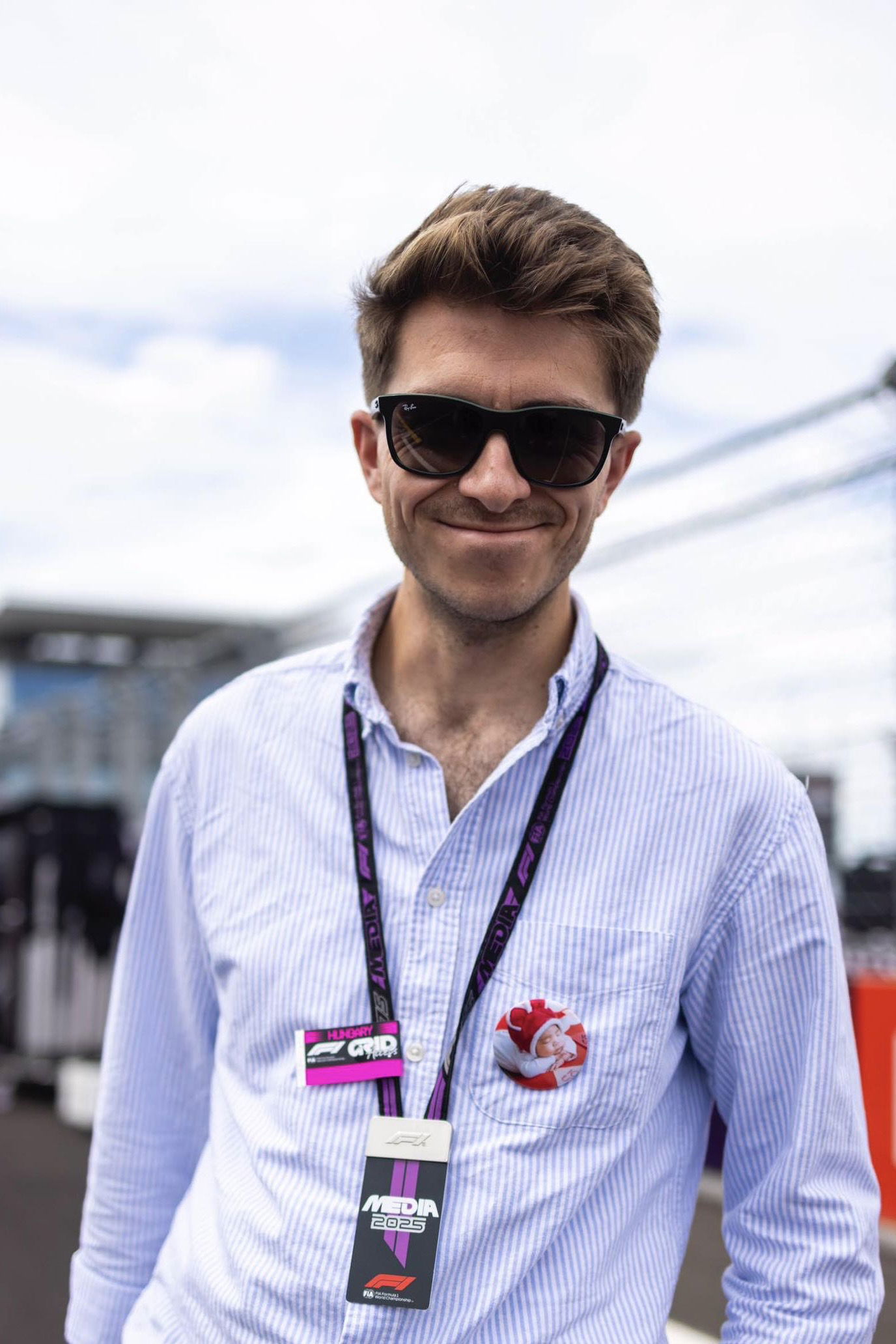Williams data issue left Alex Albon ‘blind’ in Canadian GP “drive of champions”

Albon, who started ninth following a superb qualifying, produced a stunning drive to pull-off a one-stop strategy and secure seventh place for Williams at the Canadian Grand Prix.
Despite missing crucial temperature information on the rear axle, Albon was able to brilliantly manage his tyre wear, making his hard tyres last 58 laps.
Williams team principal James Vowles revealed the problem was detected just before the race and could not be fixed on the grid, meaning Albon was without the data for the entirety of Sunday’s 70-lap race.
“We were taking bodywork off on Alex’s car just prior to the race,” Vowles said in a video released by Williams.
“There was a problem, not one that would have affected reliability, but one that definitely did affect us on performance and data.
“We have sensors that are pointing towards the rear tyres that tell us what’s going on. They’re infrared sensors, so they’re non-contact, but they give us basically what the tyre temperature is on the rear axle.
“They’re very, very useful to be able to understand in the race what we’re doing with the tyres. Especially when you’re trying to do what we did, which is a very long stint, you want to see how those tyres are performing – are you falling out of the window, do you need to put more energy in?
“Those were missing all race, which is just another testament to what Alex was really doing out there because he was, as we were, just blind on those tyre temperatures.
“He still had internal tyre temperatures, but the external was missing. What we were trying to do on the grid is fix that in the short period of time that we had available – unfortunately, unsuccessfully.”

The result has lifted Williams off the bottom of the constructors’ championship and above AlphaTauri into ninth.
Vowles lauded Albon’s impressive performance as a “drive of champions”.
“At the beginning of the race, that Safety Car obviously changed things quite significantly. It made it very difficult for a number of competitors, but also created an opportunity for us,” Vowles added.
“We knew the life would just about be possible on that hard tyre from then onwards and what we did is, from that point on, was still open-minded to converting to a two-stop, but the situation never really appeared for us to do so.
“Had there been another Safety Car, or Virtual Safety Car, you would have seen us stop again, for example. That one-stop would have been very difficult then. But as it turns out, we were on the right strategy and Alex did really a tremendous job.
“The way I described it to him was really a drive of champions. To make no mistake, when you have a stack of cars behind you that are clearly much quicker, with your tyres going away from you, is an extraordinary drive and he did incredibly well with it.”


